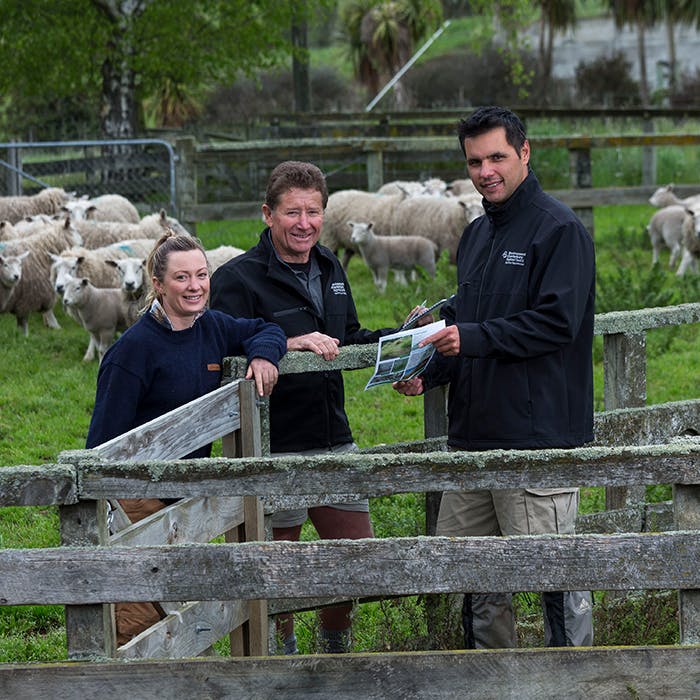During May and June 2019, we received feedback from the general public and papatipu rūnanga to understand what they think we should prioritise when it comes to monitoring resource consents and the subsequent reporting.
The below findings are from general public feedback and these have been incorporated into a draft activity-based compliance monitoring priority plan. This allows for identification and use of new CME delivery methodologies, such as audited self-management and smart technology.
Survey results
Rank the following consented activities that we need to monitor:
(1 being highest priority)
- Drinking water supply
- Water use compliance
- Farming to limits
- Regional significant
- Braided rivers
- Wetlands
- Air discharges from construction sites and quarries
- Fish screens
Where do you think we should focus our community advice and education?
(1 being highest priority)
- Drinking water
- Water use compliance
- Braided rivers
- Wetlands
- Farming to limits
- Mahinga kai
- Fish screens
How well do you feel we report on each topic?
- Mahinga kai
- Community education and advice campaigns
- Monitoring of consents
- Farming to limits
How often would you like us to report the following topics?
- Mahinga kai - Yearly
- Community education and advice campaigns - Yearly
- Monitoring of consents - Quarterly
- Farming to limits - Yearly
Other areas of interest
The survey also identified the following areas of interest:
CME activities
- Water bottling
- Stormwater
- Septic tanks
- Wastewater
- Discharges to land and water from quarries and construction sites
- Cleanfilling
- Water restrictions
Reporting
- Specific scientifically measured data on the downward movement of nitrates and effluent into the gravels of the entire Canterbury Plains by level e.g. 5 metres, 10m, 15m and so on. This would alert us and future generations on the time frame to a point when water treatment will be a necessity for all supplies.
- What internationally recognised limits are, and any breaches of those limits by who, where and how much.
Other
A key part of supporting plan implementation is monitoring compliance and undertaking enforcement where required to achieve long term outcomes.
What we monitor
As well as monitoring both consented and permitted activities under plans, our staff also respond to pollution events and calls from the community when they’ve seen something having an environmental impact.
As there’s more than 24,000 consents to monitor, and unfortunately it’s not possible to monitor them all every year so the Council identifies priorities aligned with the Long-Term Plan that guide these activities.
We recover a large part of monitoring costs from relevant consent holders in accordance with our Fees and Charges Policy, and we also seek to recover costs we incur when responding to incidents.
Enforcement
We have several enforcement options to achieve compliance including formal written warnings through to prosecution. Snapshot reports summarising our compliance activities are available on our
Monitoring and compliance annual reports section of our website.
As monitoring technology improves, such as telemetry* for water use data, we are able to monitor more with the resources we have available. We are also working to improve data systems to support our compliance monitoring work.
Sharing current state/progress information
When it comes to reporting, we have a statutory obligation to report back on certain measures – and also a desire to share current state/progress information in the areas we know are of interest to the community.
* telemetry is an automated communications process by which measurements and other data are collected at remote or inaccessible points and transmitted to receiving equipment for monitoring.
Environment Canterbury is the regional council for the Canterbury region, which extends from north of Kaikōura to the Waitaki River in the south, and from Banks Peninsula to Aoraki/Mount Cook.
Canterbury is New Zealand’s largest region, with over 45,000 km2 of diverse landscapes and ecosystems, including alpine and high-country tussock lands, major lakes and river systems, and some of New Zealand’s most productive farmlands.
The population of Canterbury is estimated to be 612,000 (Stats NZ), with the majority (approximately 500,100) living in Greater Christchurch (the urban areas of Christchurch City and Waimakariri and Selwyn Districts).
The purpose of New Zealand’s regional and territorial authorities is determined by legislation and central government policy, and by the priorities and aspirations of the communities we serve.
Here in Canterbury, we work closely with local community groups, mana whenua, businesses, industry sectors, schools, health boards and other organisations and people who – if we work together – can help the region achieve the outcomes we all want.
The outcomes that our work contributes to are aspirational, and we cannot achieve them alone. We undertake our work so that, as Cantabrians:
- we can breathe clear air, play and swim in the rivers, gather mahinga kai, benefit from the productive use of our land, and enjoy Canterbury’s unique biodiversity taonga and landscapes
- we can live, travel, and move goods with ease, within and to/from the region, facilitating work, leisure and tourism
- we have access to the information we need to be resilient in the face of short-term hazards and well-prepared
- for longer-term change to our region’s natural environment we can all help shape the future of Canterbury, leaving a legacy for generations to come.
In Canterbury we have the advantage of a strong, largely agricultural economy. This comes at a price – and a key part of the role of Environment Canterbury, primary industry agencies, and the rural community, is to retain the benefits of this sector while addressing the pressing needs of our freshwaterways and biodiversity.
You can find out about our portfolios and what activities are covered by them or by viewing the 2018-28 Long-Term Plan.
We’ve come a long way from the days when urban and rural industry could discharge waste directly into our rivers and oceans, but we still have work to do.
